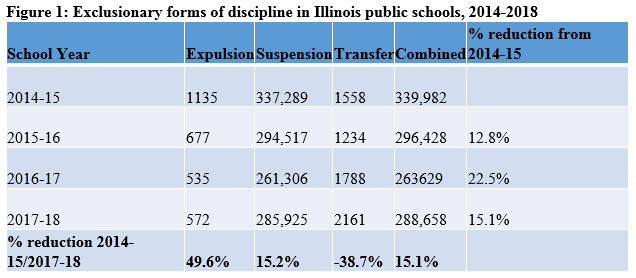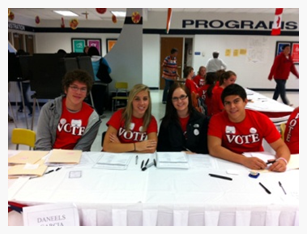Racial Disproportionality of Student Punishment Impedes Progress on School Discipline Reform in Illinois

by Shawn P. Healy, PhD, Democracy Program Director Since 2014, Illinois has been on the leading edge of school discipline reform. Thanks to the tireless advocacy of our partner Voices of Youth in Chicago Education (VOYCE) , the General Assembly passed a series of laws that: Require districts to report exclusionary discipline measures (expulsions, suspensions, and transfers to alternative schools) by student subgroups, including race and ethnicity; Eliminate broad-based zero tolerance policies in favor of restorative practices ; And prohibit preschool expulsion from state-funded facilities. These measures were passed in response to Illinois’ dubious distinction as the national leader in disproportionality of exclusionary discipline by students’ race/ethnicity. Based on my analysis of data provided by the Illinois State Board of Education (ISBE) , five years in, exclusionary discipline is down 15.1% and the number of expulsions has been cut in half. However, the latter have bee...



